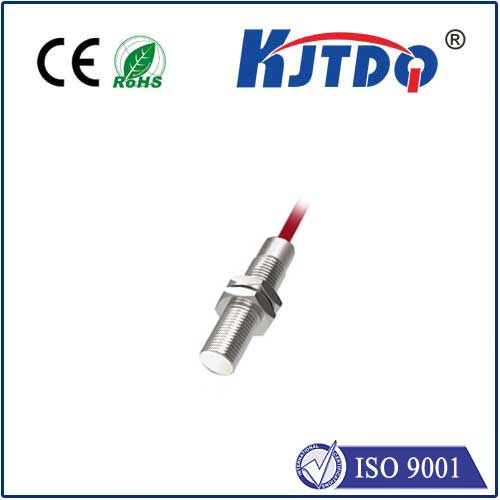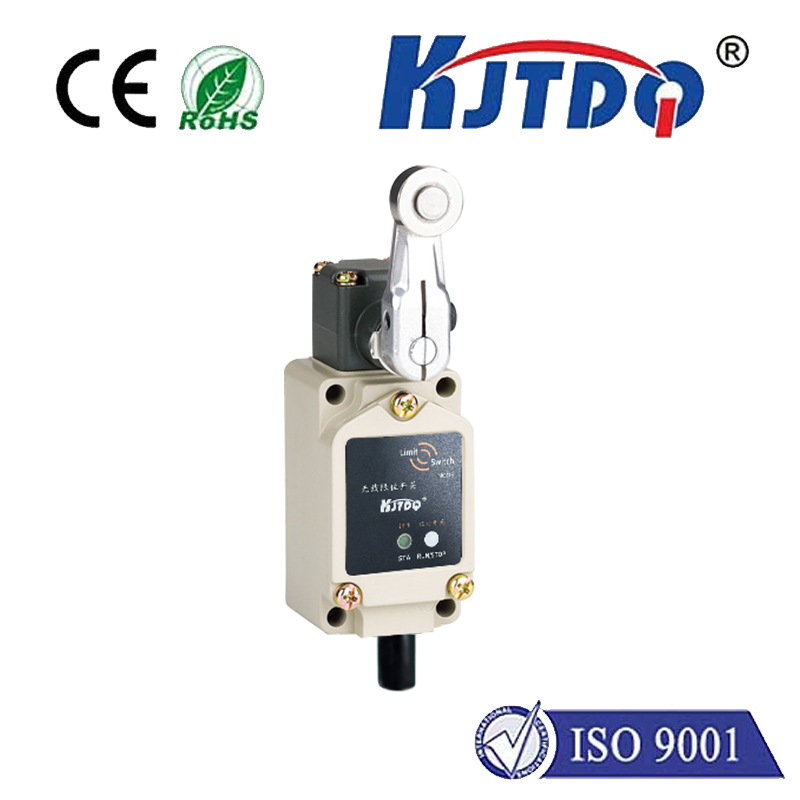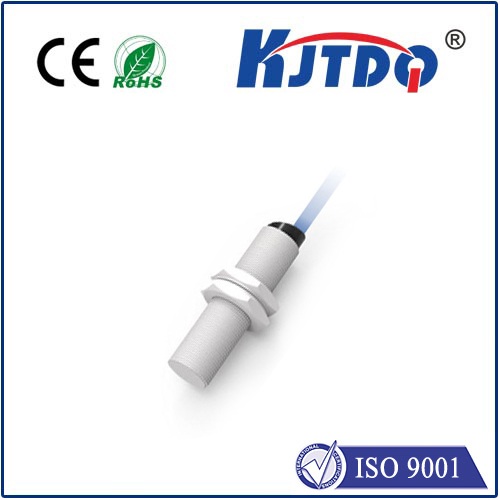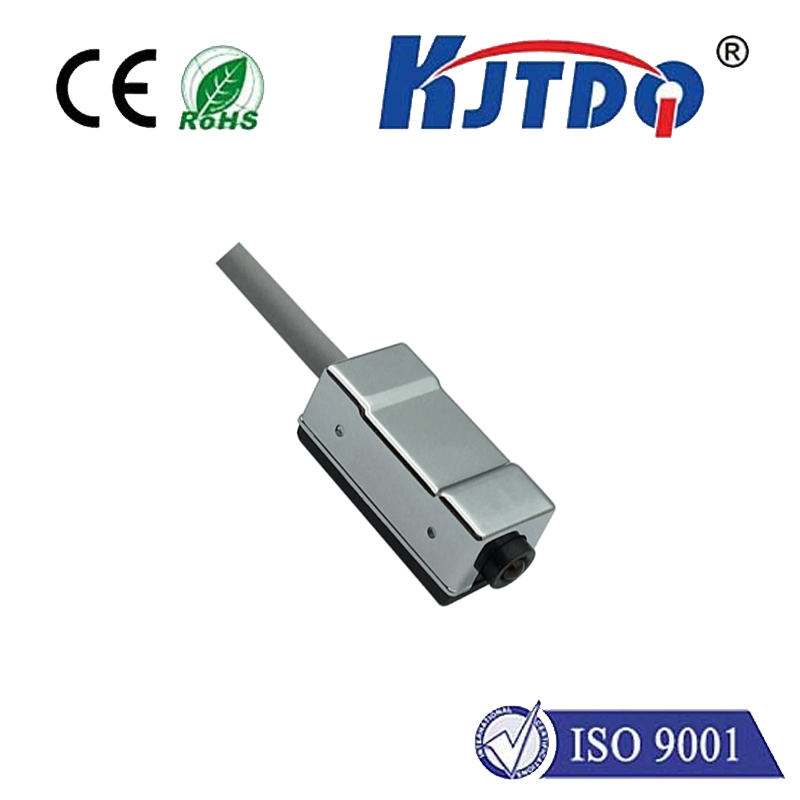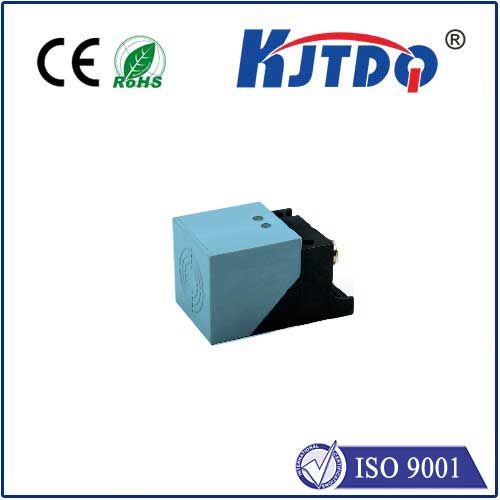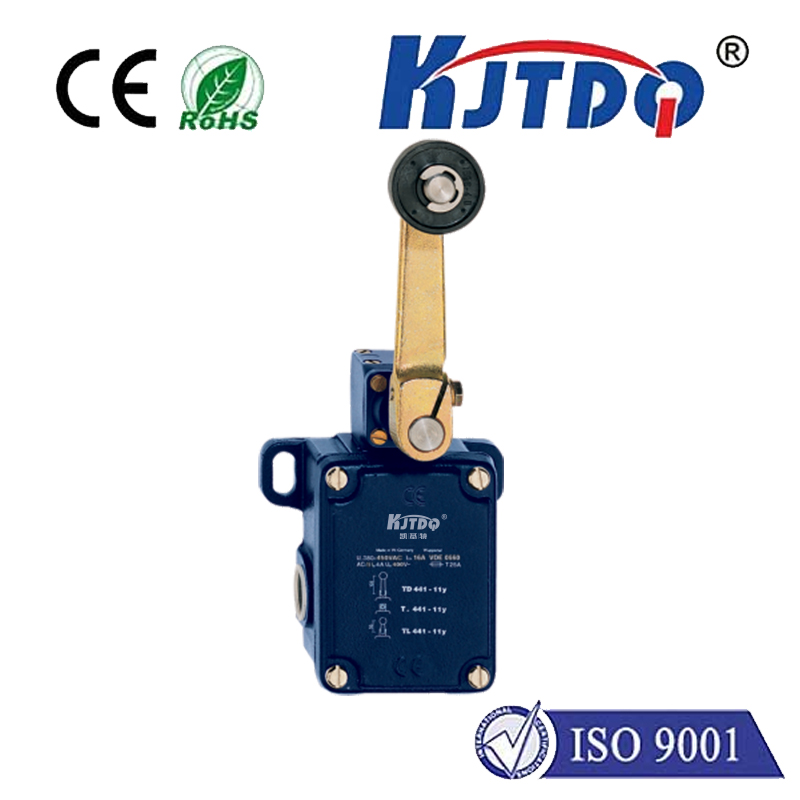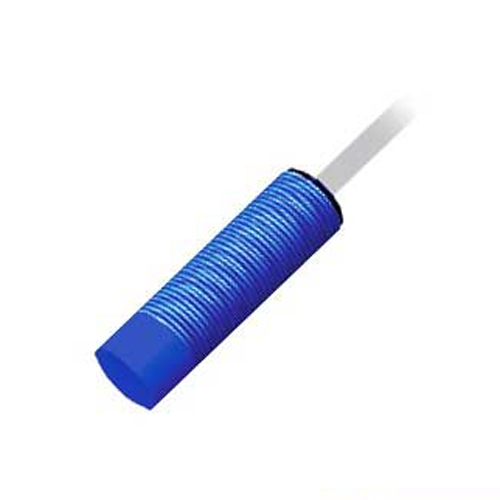temperature measuring instruments in industry
- time:2025-08-24 00:32:44
- Нажмите:0
The Indispensable Sentinels: Navigating Industrial Temperature Measurement Tools
Precision in Heat: Mastering Industrial Temperature Measurement Instruments
Imagine molten metal flowing, pharmaceutical compounds reacting, or delicate food products being pasteurized. At the heart of countless industrial processes lies a fundamental variable: temperature. Getting this measurement wrong isn’t just inconvenient; it can mean catastrophic equipment failure, compromised product quality, unsafe conditions, or massive financial losses. This is why selecting and deploying the right temperature measuring instruments is not merely a technical detail – it’s a critical pillar of industrial efficiency, safety, and profitability. From blistering furnaces to sterile clean rooms, an array of sophisticated sensors act as the indispensable sentinels, constantly monitoring this vital parameter.
Why Temperature Measurement is Non-Negotiable in Industry
The significance of accurate temperature control permeates virtually every sector:

- Process Control & Optimization: Maintaining exact temperatures ensures chemical reactions proceed correctly, material properties are achieved (like metal hardness or polymer curing), and energy consumption is minimized. Precise control boosts yield and consistency.
- Quality Assurance: Deviations in temperature directly impact product quality. In food processing, incorrect temperatures risk spoilage or pathogens. In semiconductor manufacturing, tiny thermal variations can ruin microchips.
- Safety: Overheating is a primary cause of equipment failure, fires, and explosions. Early detection of abnormal temperatures through industrial temperature sensors is crucial for preventing disasters. Monitoring bearing temperatures or electrical connections is vital.
- Regulatory Compliance: Many industries (pharma, food, aerospace) operate under strict regulations mandating specific temperature ranges and meticulous record-keeping via temperature monitoring systems. Failure to comply carries heavy penalties.
- Энергоэффективность: Precise temperature control avoids unnecessary heating or cooling cycles, significantly reducing energy costs in large-scale operations.
The Core Challenge: Matching Sensor to Application
No single temperature sensor fits every scenario. Industrial environments present formidable hurdles: extreme temperatures (from cryogenic levels to thousands of degrees), corrosive atmospheres, high pressures, abrasive conditions, electromagnetic interference (EMI), vibration, and the need for remote or fast response times. Choosing the wrong instrument guarantees inaccurate readings or premature failure. Decision-making revolves around key factors: the required Диапазон температур, necessary accuracy and response time, the environmental conditions (pressure, chemical exposure, etc.), installation constraints, and required output (simple local display, data logging, or integration into control systems).
Unpacking the Industrial Temperature Measurement Toolkit
Let’s delve into the most common and critical temperature measuring instruments powering modern industry:
- Thermocouples (TCs): The workhorses. Based on the Seebeck effect (voltage generated when two dissimilar metals are joined and experience a temperature gradient). Their key advantages are:
- Wide temperature range: Certain types (e.g., Type B) can measure up to 1800°C (3272°F).
- Robustness: Relatively simple, durable, and resistant to vibration.
- Fast response time: Especially with exposed or small-diameter junctions.
- Cost-effectiveness: Generally inexpensive compared to other sensors.
- Задачи: Require cold junction compensation (CJC), lower absolute accuracy than some options, susceptible to EMI, wires must match type (extension/compensation cables). Common types include K, J, T, N, E, S, R, B.
- Resistance Temperature Detectors (RTDs): Prized for stability and accuracy. Typically made of platinum (Pt100, Pt1000 being common), they operate on the principle that a metal’s electrical resistance increases predictably with temperature.
- High Accuracy and Repeatability: Generally more accurate than thermocouples over their range, especially in moderate ranges.
- Excellent Stability: Minimal drift over long periods.
- Linearity: Resistance change vs. temperature is relatively linear.
- Задачи: Slower response time than thermocouples, narrower operating range (typically -200°C to 850°C, though some go higher), more expensive, more fragile, require current excitation (making them susceptible to lead wire resistance errors unless using 3-wire or 4-wire configurations).
- Thermistors: Semiconductors whose resistance changes dramatically with temperature. Primarily used for lower to moderate ranges (-100°C to 300°C typically).
- High Sensitivity: Offer a large resistance change per degree, enabling very precise measurement over narrow ranges.
- Fast Response: Often used for point measurements requiring quick detection of small changes.
- Small Size: Compact form factors are possible.
- Задачи: Non-linear response (requires complex calibration), limited temperature range, fragile, often susceptible to self-heating errors if excitation current isn’t managed carefully.
- Infrared (IR) Pyrometers & Thermal Imagers: Non-contact Датчик температуры measuring the infrared radiation emitted by an object’s surface.
- Non-Contact: Essential for moving objects (conveyor belts), inaccessible locations (high voltage), very high temperatures (molten metals, glass), or where contamination is a concern (food surfaces).
- Fast Response: Measures surface temperature almost instantaneously.
- Safety: Allows measurement from a safe distance.
- Задачи: Measure surface temperature only (affected by emissivity – a material’s efficiency at emitting radiation), requires line-of-sight, accuracy affected by ambient temperature, dust, steam, and viewing windows. Thermal imagers provide temperature maps of surfaces.
- Liquid-in-Glass and Bimetallic Thermometers: Traditional, mechanical devices often used for local indication.
- Simplicity & Direct Readability: No power required, easy visual check.
- Robustness: Generally durable.
- Задачи: Limited accuracy, typically not suited for automation (no output signal), potential for breakage (glass), slower response. Still common for tanks, pipelines, and equipment panels where a simple visual is sufficient.
Beyond the Sensor: Integration is Key
А.temperature sensor is only one part of the measurement chain. To unlock its full potential, especially for process control and temperature monitoring systems, integration is vital:
- Transmitters: Often mounted directly at the sensor (head-mounted) or remotely. Convert the raw sensor signal (mV, resistance) into a standardized, noise-resistant output (e.g., 4-20mA current loop, digital protocols like HART, Foundation Fieldbus, or Profibus PA). This allows long-distance transmission to control systems without significant signal degradation.
- Controllers & PLCs: Receive the temperature signal and compare it to a setpoint. They then send commands to heating/cooling elements (valves, heaters, chillers) to maintain the desired temperature (PID control is common).
- Data Acquisition Systems (DAQ/SCADA): Collect, log, visualize, and alarm temperature data across a plant, enabling historical analysis, regulatory compliance reporting, and remote monitoring. Modern industrial temperature sensors often integrate directly into these networks.
Selecting the Right Sentinel: Application Matters
Choosing the optimal temperature measuring instrument hinges on the specific demands of the application:
- Metals & Glass Manufacturing: Thermocouples and specialized non-contact IR pyrometers dominate extreme heat zones (furnaces, molten metal).
- Chemical & Petrochemical: RTDs and thermocouples with robust thermowells resist corrosive fluids and high pressures in reactors and pipelines. Safety systems often employ redundant sensors.
- Power Generation: Thermocouples monitor critical points in boilers, turbines, and exhaust streams. IR imagers inspect electrical connections.
- Food & Beverage: Hygienic RTDs and thermocouples (sanitary designs) are vital for pasteurization, cooking, and chilling. IR sensors check surface temperatures on packaging lines.
- Pharmaceutical & Biotechnology: High-accuracy RTDs and calibrated thermocouples ensure strict temperature control in bioreactors, sterilizers, and stability chambers, with data logging essential for compliance (e.g., FDA 21 CFR Part 11).
- Automotive: Thermocouples monitor exhaust gases, RTDs control engine coolant and cabin climate, IR sensors aid in development and testing. Robustness under vibration is critical.
**

